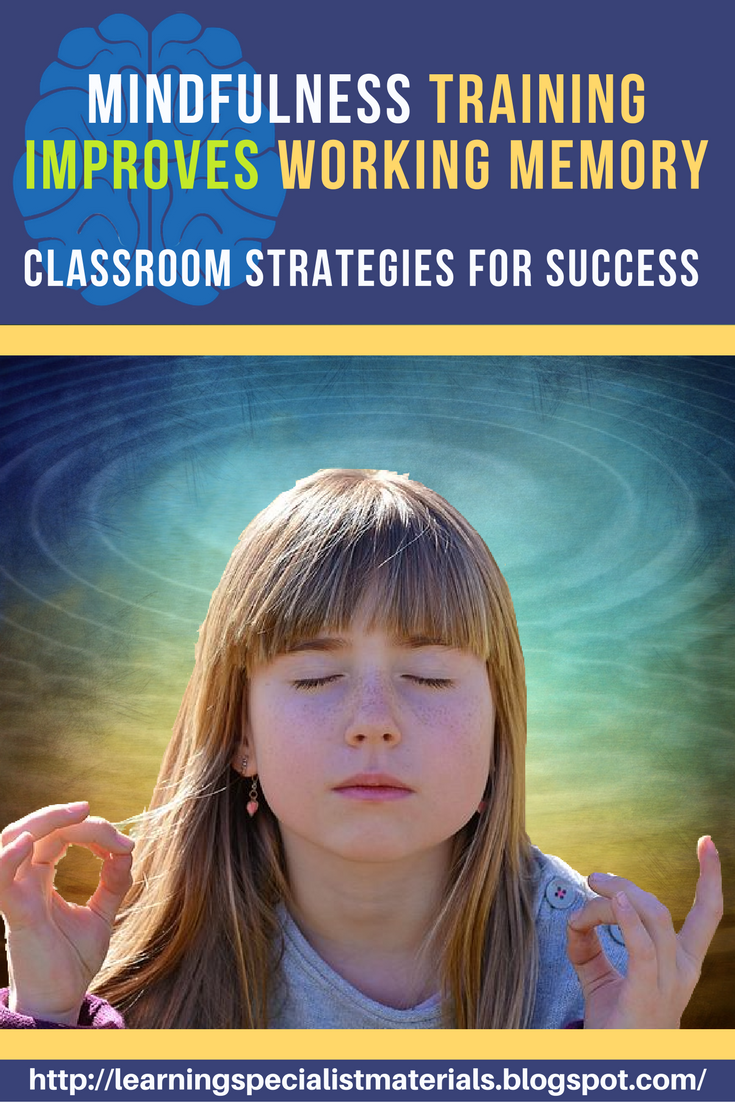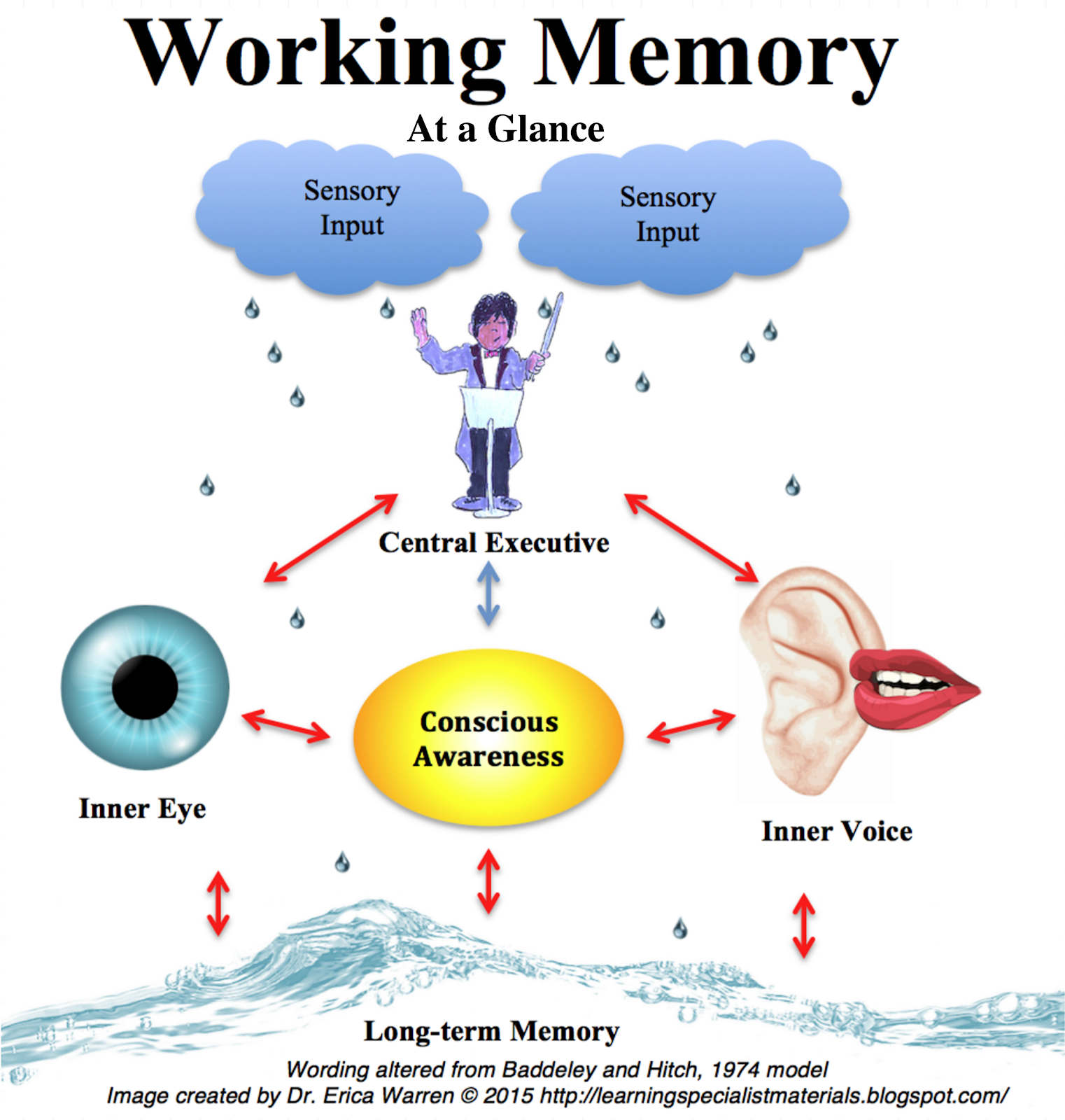This week I wanted to tell you about my online store, Good Sensory Learning. I’m Dr. Erica Warren, and I established this site so I could share all the materials that I have created over the last 20+ years as a learning specialist and educational therapist. When I first began my private practice, Learning to Learn, I had great difficulty finding fun and multisensory materials for my students that were effective and engaging. So back in 2005, I made it my mission to design and distribute high-end, remedial products as well as memorable, motivating lessons that bring delight to learning. If you would like to try a free sampling of my activities , CLICK HERE . How Are the Products Organized at Good Sensory Learning? You can download my Free Printable Catalog or you can browse the site using the grey “search all products” bar in the top right of any page with keywords such as dyslexia, working memory, and executive functioning. What’s more, drop down menus in the red banner allow you t...
Mindfulness-based approaches to learning are attracting more and more teachers, therapists and school administrators. Mindfulness refers to being completely in touch with and aware of the present moment, as well as taking a non-evaluative and non-judgmental approach to one's inner experience. These methods are helping students, as well as their teachers, learn how to manage and minimize stress, become active engaged participants, enhance memory and learning, improve classroom climates, and even develop supportive communities. Mindfulness-based programs empower students to self-regulate, develop emotional intelligence, and gain a sense of control over both their minds and bodies.

Classrooms today are faced with endless distractions including electronic devices, competitive classroom environments, ever-increasing administrative expectations, and both real and virtual violence. What’s more, competing diversions bombard learners, even when they are at home. This high-pressure lifestyle creates, for many, a “fight-flight-freeze response,” making learning uncomfortable and arduous. Additionally, when the limbic system is triggered, it is challenging to activate the prefrontal cortex and encode as well as process new information. However, the research now supports that neuroplasticity allows learners to make measurable changes in the way the minds functions at any age, but especially during the school age years. So helping students learn to manage their bodies and minds with developmentally appropriate mindfulness based practices, can make a significant difference in the lives of students and teachers, while helping to rehabilitate education as the whole (Mindfulness and Learning, 2016).

A holistic approach to cognitive, social, and emotional development is also supported in neuroscience. Recent research shows that the prefrontal cortex, which manages higher-level cognition, also plays an important role in processing and regulating emotion. Therefore, learning involves both a cognitive and affective schema. “This evidence has forced us to rethink the relationship between reason and emotion. Not only does academic learning depend on social and emotional skills, but it is virtually impossible to disentangle the two" (Barseghian, 2016).
Although this may seem to be a new approach, monks and meditation proponents have long advocated the value of mindfulness, and clinical evidence supports this assertion. In fact, recent research suggests that mindfulness training can prevent the deterioration of working memory during periods of high stress (Jha, Stanley, Kiyonaga, Wong and Gelfand, 2019), enhance attention (Brefczynski-Lewis. Lutz, Schaefer, Lenvinson, & Davidson, 2007), increase backwards sequential processing of numbers (Chambers, Lo, & Allen, 2007), improve visuospatial processing efficiency (Kozhevnikov, Louchakova, Jpsopovic, & Motes, 2009), and can even be used to treat medical conditions (Mindfulness Practices May Help Treat Many Health Conditions)
What is Working Memory?
Working memory is a core executive functioning skill that is responsible for the temporary holding, processing, and manipulation of information. It is an important process for reasoning and guides decision making and behavior. Working memory also enables one to remember and use relevant information to complete activities. Often described as a mental workspace, working memory helps students attend to the immediate experience, access prior knowledge, solve problems in their head, and meet current goals. The process of working memory involves the conscious awareness of sensory input, while simultaneously pulling relevant knowledge from long term memory and mentally manipulating all this information with one’s inner voice and inner visualizations (See image below).
How Does a Weak Working Memory Impact Learning?
Working memory difficulties affect:
What are Some Key Symptoms of Working Memory Difficulties?
Dr. Warren's Multisensory Brain Break Meditations offers a multisensory format to help elementary and middle school students learn mindful breath meditations and self-regulation approaches that calms the mind, activates both hemispheres of the brain, and gets the body in optimal shape for learning.
Dr. Warren’s Mindfulness Activity Cards were created based on the current research on working memory, and they can be used in classrooms or therapeutic sessions to help enhance working memory capacity and build community. In addition, they can be used to teach authentic dialogue and develop emotional intelligence. They are ideal for individual sessions, circle groups, and classroom discussions. To view all of the social emotional products on Good Sensory Learning, CLICK HERE.
Classrooms today are faced with endless distractions including electronic devices, competitive classroom environments, ever-increasing administrative expectations, and both real and virtual violence. What’s more, competing diversions bombard learners, even when they are at home. This high-pressure lifestyle creates, for many, a “fight-flight-freeze response,” making learning uncomfortable and arduous. Additionally, when the limbic system is triggered, it is challenging to activate the prefrontal cortex and encode as well as process new information. However, the research now supports that neuroplasticity allows learners to make measurable changes in the way the minds functions at any age, but especially during the school age years. So helping students learn to manage their bodies and minds with developmentally appropriate mindfulness based practices, can make a significant difference in the lives of students and teachers, while helping to rehabilitate education as the whole (Mindfulness and Learning, 2016).
A holistic approach to cognitive, social, and emotional development is also supported in neuroscience. Recent research shows that the prefrontal cortex, which manages higher-level cognition, also plays an important role in processing and regulating emotion. Therefore, learning involves both a cognitive and affective schema. “This evidence has forced us to rethink the relationship between reason and emotion. Not only does academic learning depend on social and emotional skills, but it is virtually impossible to disentangle the two" (Barseghian, 2016).
Although this may seem to be a new approach, monks and meditation proponents have long advocated the value of mindfulness, and clinical evidence supports this assertion. In fact, recent research suggests that mindfulness training can prevent the deterioration of working memory during periods of high stress (Jha, Stanley, Kiyonaga, Wong and Gelfand, 2019), enhance attention (Brefczynski-Lewis. Lutz, Schaefer, Lenvinson, & Davidson, 2007), increase backwards sequential processing of numbers (Chambers, Lo, & Allen, 2007), improve visuospatial processing efficiency (Kozhevnikov, Louchakova, Jpsopovic, & Motes, 2009), and can even be used to treat medical conditions (Mindfulness Practices May Help Treat Many Health Conditions)
What is Working Memory?
Working memory is a core executive functioning skill that is responsible for the temporary holding, processing, and manipulation of information. It is an important process for reasoning and guides decision making and behavior. Working memory also enables one to remember and use relevant information to complete activities. Often described as a mental workspace, working memory helps students attend to the immediate experience, access prior knowledge, solve problems in their head, and meet current goals. The process of working memory involves the conscious awareness of sensory input, while simultaneously pulling relevant knowledge from long term memory and mentally manipulating all this information with one’s inner voice and inner visualizations (See image below).
How Does a Weak Working Memory Impact Learning?
Working memory difficulties affect:
- Reading comprehension
- Mental math
- Understanding social interactions
- Completing homework
- Planning and preparing for activities
- Solving multi-step directions
- Writing essays and reports
- Following a conversation
- Test preparation
- Turning in homework
- Following and participating in group discussions
- Troubles comprehending a story or directions
- Difficulties memorizing facts
- Problems making and keeping friends
- Difficulties self-initiating or starting homework
- Forgets needed materials at home and at school
- Fails to complete work
- Struggles with organizing ideas when writing
- Makes irrelevant comments and often tries to change the topic of discussion
- Difficulties maintaining focus
- Misplaces things like pencils, notebooks, and agendas
- Leaves assignments and test preparation to the last minute
- 1Practice mindfulness in your own life, so you can demonstrate this approach and set an example for your students.
- Define and discuss mindfulness with your students.
- If your students appear distracted, conduct a mindful activity to calm their senses. Ask the students to sit for 3 minutes with their eyes closed. They should notice their breath, release any thoughts and relax into their bodies. You can start at their feet and work up to their head, asking them to be aware of their body and allow it to fully relax.
- Before a test, offer a mindful activity to help your students release any anxiety. Have the students take deep breaths and ask them to visualize a peaceful place of their choosing. As they breathe in, have them imagine peace and knowledge filling their lungs. As the breathe out, have them imagine that all negative thoughts such as doubt or concern will leave their bodies.
- After a classroom or social conflict, ask the students to sit in a circle facing one another holding hands. Ask them to close their eyes and imagine that they are all one entity. As they breathe in, have them imagine that they are bringing positive energy, forgiveness, and loving kindness into the group. As they breathe out, have them release any negative thoughts that they may feel. You can make it specific to the situation. After the activity, ask for volunteers to share complements or appreciation they would like to offer to the group or an individual. Ask all the other students to listen mindfully.
Dr. Warren's Multisensory Brain Break Meditations offers a multisensory format to help elementary and middle school students learn mindful breath meditations and self-regulation approaches that calms the mind, activates both hemispheres of the brain, and gets the body in optimal shape for learning.
Dr. Warren’s Mindfulness Activity Cards were created based on the current research on working memory, and they can be used in classrooms or therapeutic sessions to help enhance working memory capacity and build community. In addition, they can be used to teach authentic dialogue and develop emotional intelligence. They are ideal for individual sessions, circle groups, and classroom discussions. To view all of the social emotional products on Good Sensory Learning, CLICK HERE.
Cheers, Dr. Erica Warren
Dr. Erica Warren is the author, illustrator, and publisher of multisensory educational materials at Good Sensory Learning and Dyslexia Materials. She is also the director of Learning to Learn and Learning Specialist Courses.
· Blog: https://learningspecialistmaterials.blogspot.com/
· YouTube Channel: https://www.youtube.com/user/warrenerica1
· Podcast: https://godyslexia.com/
· Store: http://www.Goodsensorylearning.com/ & www.dyslexiamaterials.com
· Courses: http://www.learningspecialistcourses.com/
· Newsletter Sign-up: https://app.convertkit.com/landing_pages/69400
· Blog: https://learningspecialistmaterials.blogspot.com/
· YouTube Channel: https://www.youtube.com/user/warrenerica1
· Podcast: https://godyslexia.com/
· Store: http://www.Goodsensorylearning.com/ & www.dyslexiamaterials.com
· Courses: http://www.learningspecialistcourses.com/
· Newsletter Sign-up: https://app.convertkit.com/landing_pages/69400

Comments
Post a Comment